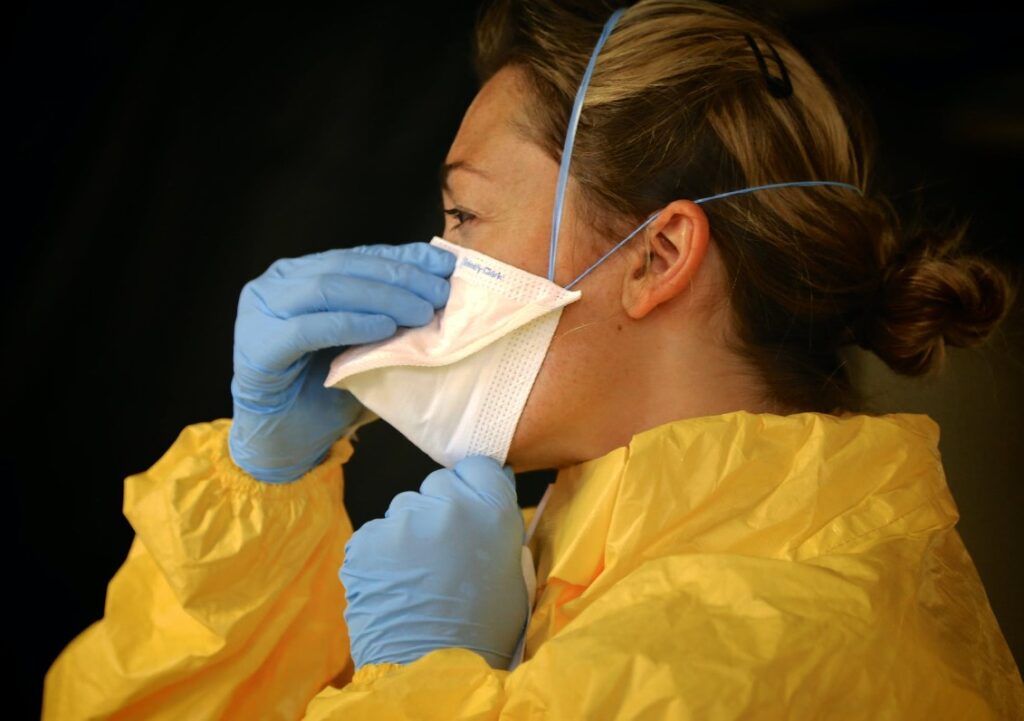Over the course of the pandemic, we’ve all experienced many changes. No one could have predicted all the strange phenomena that have occurred, such as working from home, toilet paper shortages and disgraceful COVID profiteering, to name a few.
Yet, if you had to choose one image to symbolise the coronavirus crisis and call to mind all the trials and tribulations that have come with it, you could hardly choose better than a pale blue facemask. This distinctive piece of personal protective equipment (PPE) has become a household staple over the past few years and lines the pockets of jackets and trousers throughout the nation.
Are facemasks and other PPE items still essential? We’ll explore this question below. But first, let’s take a quick look at what they are and why we use them.
What is PPE?
PPE refers to clothing and accessories that are designed to protect the wearer’s body from injury or infection.

The pieces of personal protective equipment that you’re likely most familiar with are masks, the use of which became widespread throughout the coronavirus pandemic. Yet, PPE ranges from Hi-Vis clothing to disposable aprons.
PPE can protect against a wide variety of hazards, including:
- Physical
- Electrical
- Heat
- Chemicals
- Airborne particulates
- Biohazards
Why do we use PPE?
Many occupations and activities require people to come into contact with health hazards. While dangerous jobs might spring most readily to mind, even something as seemingly simple as crossing the road involves health hazards that need safety systems such as traffic lights and pedestrian crossings to mitigate them.
Regardless of their specific purpose, all institutions have a responsibility to implement the hierarchy of controls – a risk management system that helps to keep people safe. And when superordinate measures such as elimination, substitution and administrative changes are no longer enough to mitigate risks to health, PPE is the last resort.
During the pandemic, PPE was implemented to help fight the out-of-control spreading of COVID-19. Social distancing wasn’t effective enough on its own and the vaccination programmes needed time to roll out and take effect. In the meantime, the government deemed the use of PPE to be the best way to tackle the risks.
This begs the question: do we still need to use them?
Is PPE still necessary?
Well, there’s no quick and easy answer. The level of risk that any one person experiences will depend on many different factors, ranging from underlying medical conditions to age and beyond.
Your profession is one factor that makes a big difference in whether or not you should wear PPE. If you’re a care worker, medical professional, or work in any other vocation that calls on you to interact with a high volume of people, you should still use PPE. But what if you’re a member of the general public?

Although you’re no longer legally required to wear facemasks in public in the UK, many institutions still suggest that you wear one. This is especially true when taking public transport, spending time in crowded places or using healthcare facilities.
Do you think PPE is still necessary? Explain your thoughts in the comments section.





























































